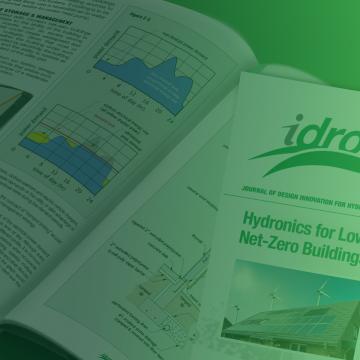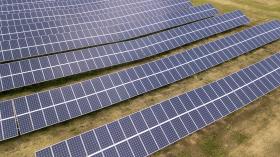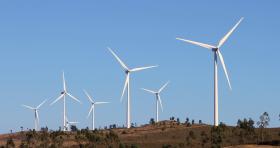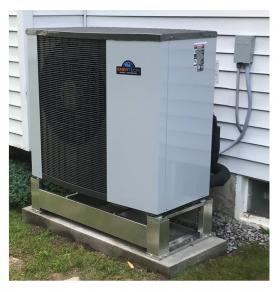As the 21st century unfolds, social attitudes and government policies around the world are increasingly focused on climate change, with a prevailing emphasis on reducing carbon emissions. One prominent example of this progression is the 2015 Paris Climate Accord, under which many nations have committed to bring their net carbon emissions from all energy use to zero by 2050. Another example is current or pending regulations that add a tax based on the carbon emissions from various fossil fuels such as natural gas, fuel oil and transportation fuels. Carbon taxes are already in place in Canada and are slated to increase substantially by 2030 to disincentivize the use of fossil fuels and encourage beneficial electrification. Several major U.S. cities, including Oakland, CA, and Seattle, WA, now have restrictions, or bans, on natural gas services for new buildings. More cities in both the US and Canada are expected to enact similar restrictions in the near future.
Still, widely varying opinions remain on how “decarbonization” should be accomplished. They range from complete dismissal of any need to act on the subject, to proposals that would radically change how an average person would eat, remain comfortable in their home or workplace, travel, or even use their leisure time.
Regardless of such opinions, the scope of the decarbonization issue, both within North America and globally, is certain to affect the future of hydronics technology. Those effects will be based on actions beyond what any individual or company can control. The likelihood of reduced reliance on fossil fuels is contrasted by emerging opportunities for hydronic-based heating and cooling systems that operate on electricity obtained from sources other than fossil fuels.
The shift toward electrification is based on increasing availability of renewably sourced electricity. During 2020, utility-scale solar photovoltaic systems, such as those shown in Figure 1-1, as well as utility-scale wind turbine systems, as shown in Figure 1-2, accounted for more than 75 percent of all new electrical generation in the U.S.
Figure 1-3 shows the overall growth in residential energy use, as well as the increasing percentage of that energy supplied by electricity over the last several decades.
Other developments that continue to influence the market for hydronic systems are evolving building technology and regulations that significantly reduce building heating and cooling loads relative to those common during the 20th century.
During the latter half of the 20th century, it was common for single family homes to have design heating loads in the range of 30-35 Btu/hr/ft2 of floor area. A typical 2,500 square foot home would require a heat source with a capacity of 75,000 to 88,000 Btu/hr. A home with an 88,000 Btu/hr design load, in a cold winter climate (7,000ºF•day and -5ºF outdoor design temperature) would require about 128 million Btu (128 MMBtu) of delivered heat to maintain an average indoor temperature of 70ºF over an average heating season.
State and provincial energy codes, in combination with steady improvement in the efficiency of heating and cooling equipment, and energy conservation standards such as EnergyStar, LEED and R-2000, have drastically reduced the energy required for space heating and cooling.
Today, a 2,500 square foot house built to one or more of these standards could have a design heating load in the range of 10-15 Btu/hr/ft2 of floor area, approximately 1/3 that of a similar-sized home built 50 years ago.
The growing availability and increasing efficiency of air-to-water heat pumps (Figure 1-5) and geothermal water-to-water heat pumps, will also significantly influence the market for hydronic systems. Unlike boilers, nearly all these heat pumps can provide chilled water for cooling. This characteristic alone opens many opportunities that were previously impractical. As 2022 and the years following unfold, heat pumps will gain an increasing portion of the hydronic heat source market. The flexibility of modern hydronics technology allows informed designers to craft systems that allow heat pumps to operate at peak performance.
The confluence of these trends for electrification, building heating/cooling load reduction, and heat pump technology, presents an unprecedented opportunity for use of modern hydronics technology, one that could significantly increase market share and better meet consumer expectations.
This issue of idronics describes the concepts and technical details of how to craft hydronic systems for modern low-energy and net-zero buildings. It stresses simplicity, repeatability and resilient approaches that deliver comfort without the complexity and cost that has, in some cases, stigmatized the use of hydronics in such buildings. Several system examples will be provided for systems that deliver heating, cooling and domestic hot water.






